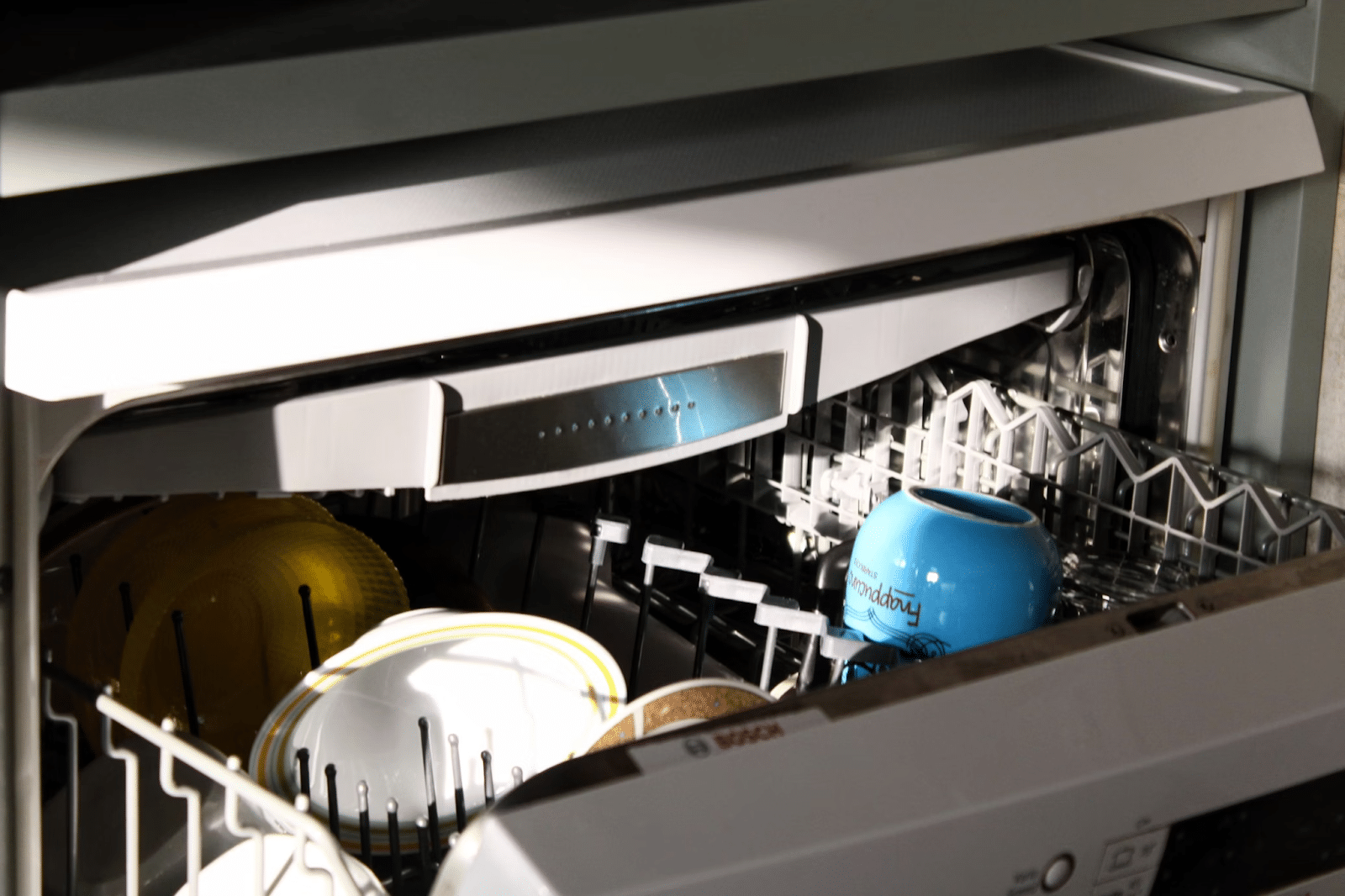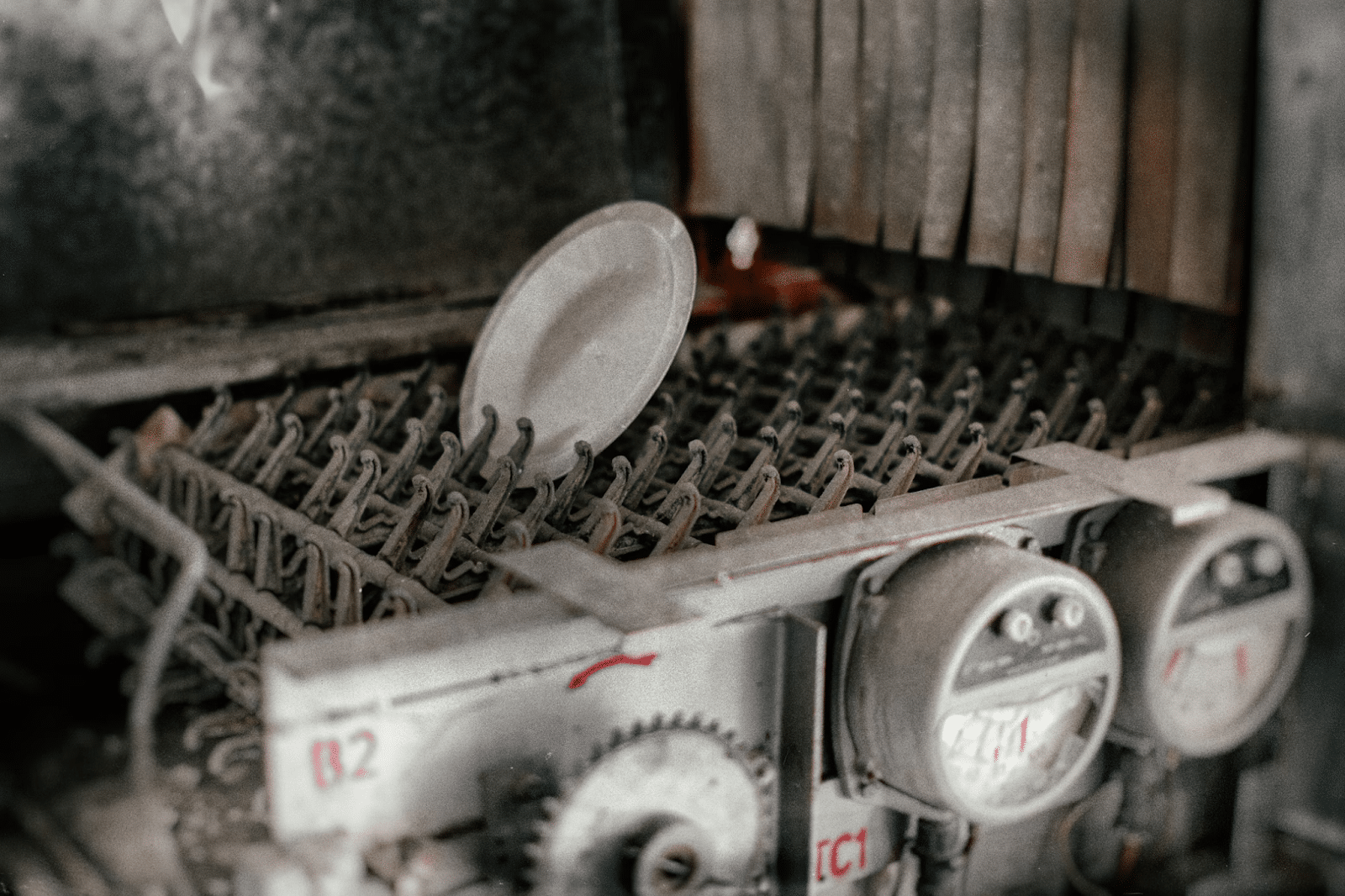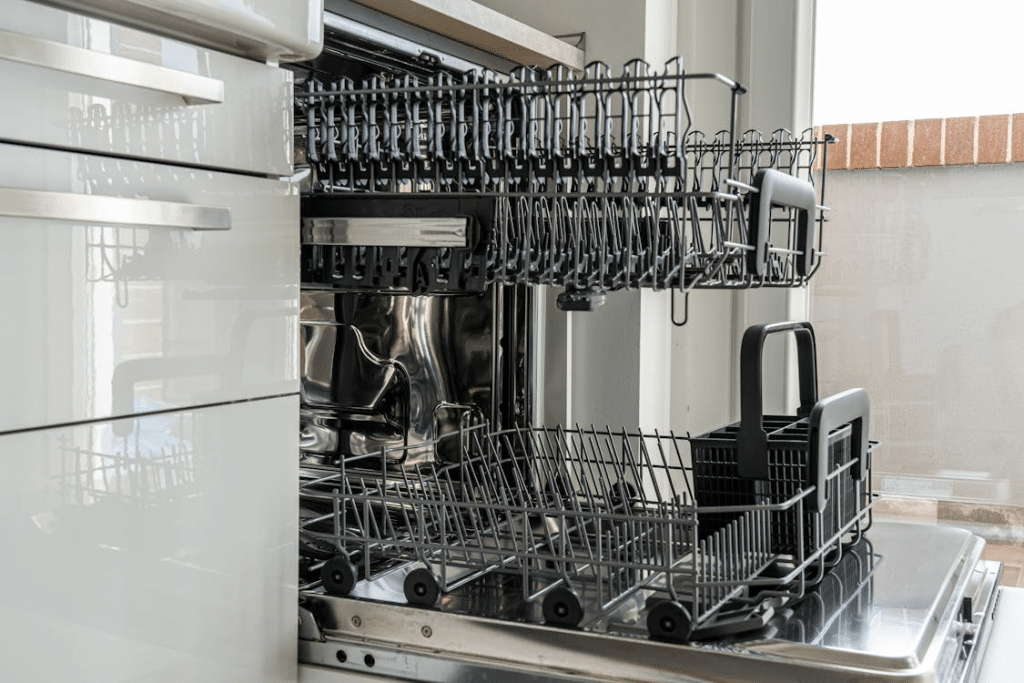Your dishwasher’s supposed to clean your dishes. That’s literally its one job. So when you spot black mold in the seals or corners, it feels pretty gross. You’re loading up plates your kids eat off into a machine that’s growing mold. Yeah, not ideal.
The thing is, dishwashers are basically mold heaven. Warm, damp, dark when you shut the door. Food bits stuck everywhere. It’s like a five star hotel for mold spores.
And black mold isn’t just nasty looking. It can make your family properly sick. Sometimes the mold keeps coming back no matter how much you clean, which means you might need dishwasher repair to fix underlying drainage or seal problems. Let’s get into what’s actually happening in there and what you can do about it.
Understanding Why Dishwashers Attract Black Mold
Mold needs three things to grow. Water, warmth, and something to eat. Your dishwasher serves up all three every single day.
Each cycle sprays water absolutely everywhere. Some pools in corners you can’t even see. The rubber bits around the door stay wet. Your filter catches food scraps that just sit there going off. The heating element keeps everything nice and toasty.
Then you close the door between washes. It’s dark and muggy in there now. Mold spores float in and think “perfect, let’s set up camp.”
Common Areas Where Black Mold Grows
That rubber door seal is mold’s favorite spot. The gasket traps water and food in all its folds. Go check yours now. Seriously, run your finger along it. Bet there’s some rank stuff hiding in there.
The filter’s another gross zone for black mold. Half the people I know didn’t even realize dishwashers had filters. When’s the last time you cleaned yours? Can’t remember? Yeah, it’s probably vile.
Spray arms get moldy too. Those tiny holes clog up with food and crusty mineral buildup. Mold moves right in.
Health Risks Associated With Dishwasher Mold
Black mold in dishwashers isn’t just an eyesore. It’s actually dangerous for your family.
Mold chucks out spores into the air. Every time you pop open that dishwasher door, spores puff out into your kitchen. You breathe them. Your kids breathe them. They land on your supposedly clean plates too.
Symptoms and Vulnerable Groups
Some people react worse to mold than others. But nobody’s immune if they’re breathing it in day after day. Here’s what you might notice:
- Blocked nose and sinus problems that won’t quit
- Eyes that itch and water, skin breaking out in rashes
- Throat always feeling scratchy, coughing for no reason
- Headaches that come out of nowhere, feeling knackered all the time
- Asthma getting way worse if you’ve already got it
Kids cop it harder. Same with anyone who’s got asthma or a dodgy immune system. Mold can set off asthma attacks. Cause chest infections. Some black molds pump out mycotoxins that make people really crook.
Even if everyone seems alright, you’re still eating off dishes that went through a moldy wash. Hot water and detergent kill most bugs. But mold spores are tough little bastards. Some make it through the cycle.
If your dishwasher smells like a swamp, that’s mold. That stink doesn’t magically vanish. It means spores are actively breeding and spreading right now.
If the mold problem keeps coming back despite your cleaning efforts, it might point to a bigger issue with your dishwasher’s drainage or seals. Getting a professional dishwasher repair company to check it out can identify underlying problems that home cleaning can’t fix.
How to Identify Black Mold in Your Dishwasher
Black mold isn’t always black, weirdly enough. Sometimes it’s dark green or brown. Shows up as spots, patches, or this slimy film.
Inspection Checklist
Start with the door seal. Open up and have a proper look at that rubber gasket. Lift the folds up. Check every groove. Black mold absolutely loves tucking itself in there.
- Yank out the bottom rack and look at where the filter lives. Most filters either twist or lift straight out. Pull it out and inspect it closely. Look in the hole where it sits too.
- Check out the spray arms. Look at the holes where water shoots out. Any dark crusty stuff around them? That’s probably mold.
- Look at the door edges and around where the detergent goes in. These spots trap moisture and food constantly.
- Get a torch and shine it into every corner and crack. Mold grows in dark spots you’ll miss otherwise.
- Smell test matters too. Strong musty whiff means mold’s growing somewhere even if you haven’t spotted it yet.

Effective Methods for Removing Black Mold
Found black mold in your dishwasher? Right, time to kill it off properly.
Step-by-Step Cleaning Process
Pull out the filter first. Scrub it with hot soapy water and an old toothbrush. Get right into all the mesh bits and gaps. Rinse it till the water runs clear.
Now tackle that rubber door seal. Mix up equal parts water and white vinegar in a spray bottle. Spray the seal till it’s dripping. Wait five minutes. Then scrub it with a brush or cloth. Really dig into those folds. Vinegar kills off most mold types.
Got stubborn black mold patches that won’t budge? Make a paste with baking soda and a bit of water. Smear it on the moldy bits. Leave it for ten minutes. Scrub it off. The gritty texture plus baking soda’s cleaning power sorts it out.
Wipe down everything inside. Door, walls, bottom of the tub. Use that vinegar spray for this.
Deep Cleaning Cycles
Run an empty cycle on the hottest setting. Stick two cups of white vinegar in a bowl on the top rack. This sanitizes the whole thing. Then run another hot cycle with a cup of baking soda chucked on the bottom. Gets rid of the vinegar smell and freshens it up.
If the mold keeps coming back or you’ve got a really bad case, dishwasher repair might be necessary. Look for services offering appliance repair work across different metros. Sometimes persistent mold means there’s a bigger issue like a busted seal or drainage problem that needs proper dishwasher repair from a technician.
When Mold Indicates You Need Dishwasher Repair
Sometimes mold isn’t just a cleaning issue. It’s a sign your dishwasher has mechanical problems that need professional dishwasher repair.
Drainage Problems Causing Mold
If water pools at the bottom of your dishwasher after cycles, you’ve got drainage issues. Standing water is a breeding ground for mold. This often means your drain pump is failing, your drain hose is clogged, or your air gap is blocked.
A dishwasher repair company can diagnose drainage problems properly. They’ll check the pump, clear blockages, and ensure water flows out like it should. No amount of cleaning fixes mechanical drainage failures.
Failed Door Seals
When door seals deteriorate, they don’t just let heat escape. They create pockets where water and food debris accumulate. These damp pockets are perfect for mold growth.
If your door seal is cracked, torn, or no longer sits flush against the door, you need dishwasher repair. Replacing door seals properly requires the right parts and installation technique. DIY seal replacements often fail because the seal isn’t fitted correctly.
Spray Arm Malfunctions
Spray arms that don’t spin properly or have blocked jets create uneven water distribution. Some areas get soaked while others stay dirty. This leads to food buildup and mold growth in spots that don’t get cleaned.
Dishwasher repair services can replace spray arms, clear mineral deposits, and ensure proper water pressure throughout your machine.
Prevention Strategies to Keep Mold Away
Cleaning out black mold once won’t cut it. You’ve got to stop it coming back.
Here’s what actually works:
- Run your dishwasher often, even if it’s half empty
- Leave the door cracked open between washes so it can dry out
- Clean that filter every month, set a phone reminder if you have to
- Wipe the door seal down weekly with a dry cloth
- Do a vinegar cycle once a month
- Don’t go nuts with the detergent, extra soap leaves gunk behind
Make sure your dishwasher’s draining properly too. If there’s water sitting at the bottom after a cycle, you’ve got drainage issues. Standing water breeds mold like crazy. Get proper dishwasher repair t o sort that out.

Signs You Need Professional Dishwasher Repair
Beyond mold issues, certain signs indicate your dishwasher needs professional attention:
Water leaking from under the machine during or after cycles means seal or pump problems. This requires dishwasher repair before water damage affects your kitchen.
Error codes appearing on your display need professional diagnosis. Modern dishwashers have electronic controls that only trained technicians should work on.
Dishes coming out still dirty despite cleaning the filter and spray arms suggests deeper mechanical issues. Dishwasher repair specialists can identify whether it’s water pressure, pump problems, or heating element failures.
Strange noises like grinding, squealing, or loud thumping indicate worn bearings, damaged pumps, or motor issues. These need professional dishwasher repair before they cause complete breakdowns.
Protecting Your Family’s Health
Persistent mold in your dishwasher isn’t something you can ignore. It’s not about being fussy. It’s about keeping your family healthy.
Go check your dishwasher right now. Actually look at it properly. Give it a good clean. Then stay on top of regular maintenance.
But if mold keeps coming back no matter how much you clean, or if you notice drainage problems, leaks, or other mechanical issues, don’t keep fighting it. Call for proper dishwasher repair. Sometimes the problem isn’t something you can clean away. It’s something that needs fixing.
Your dishwasher should be making life easier and dishes cleaner. Not spreading mold spores around your kitchen or struggling with mechanical failures. Sort it out. Your family’s health matters more than putting off dishwasher repair.
